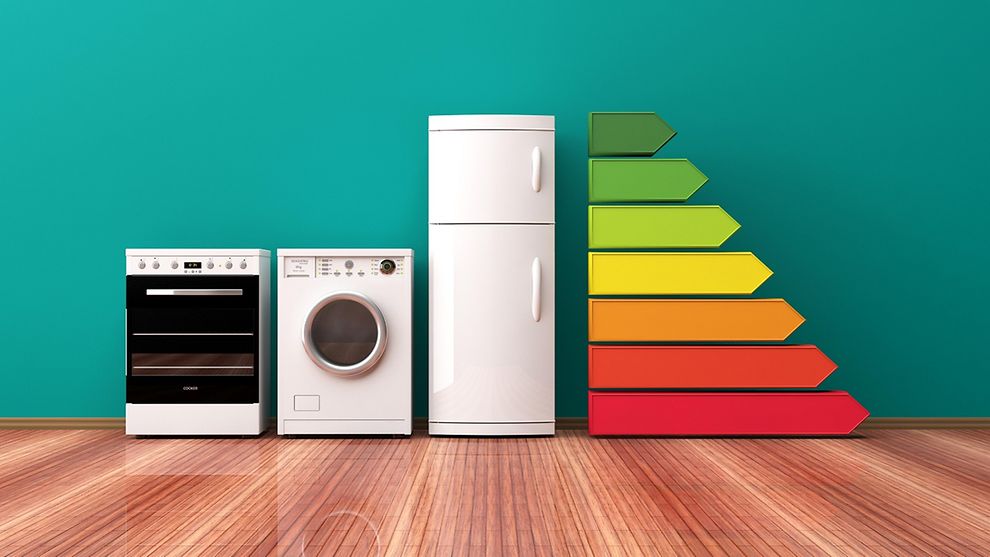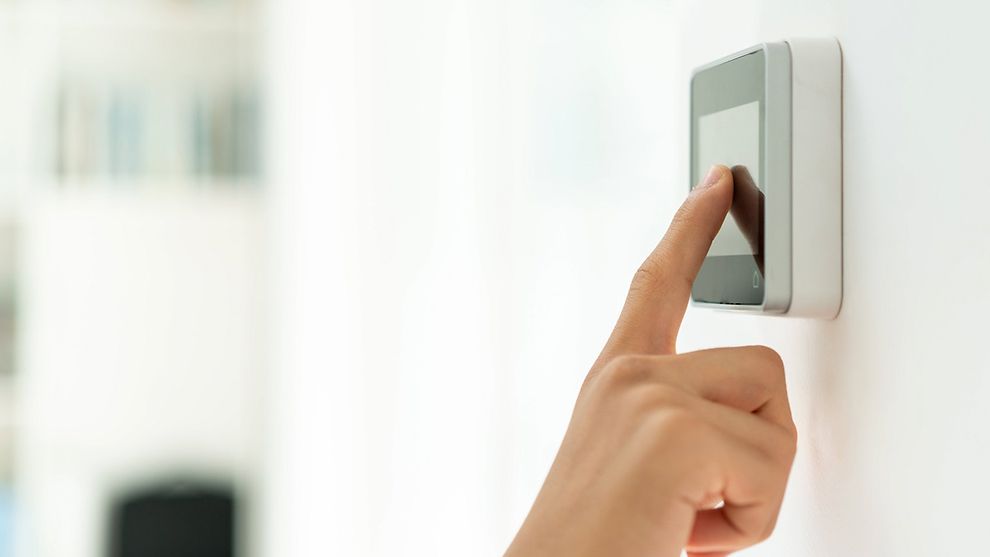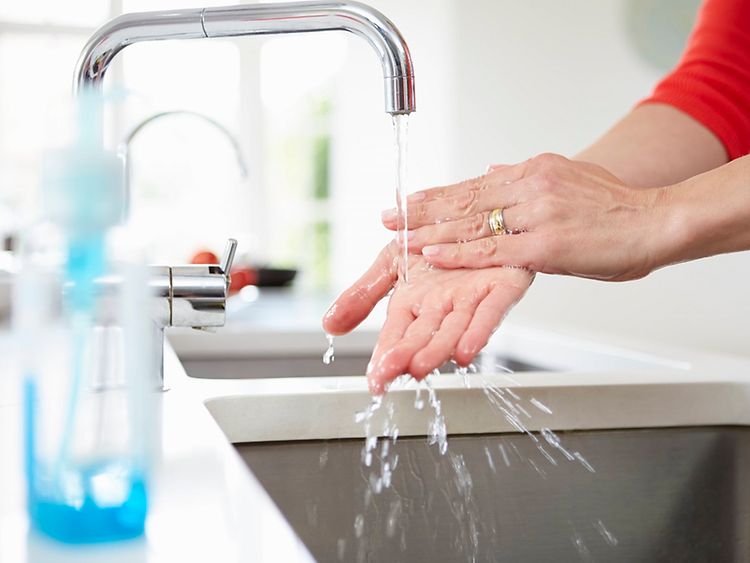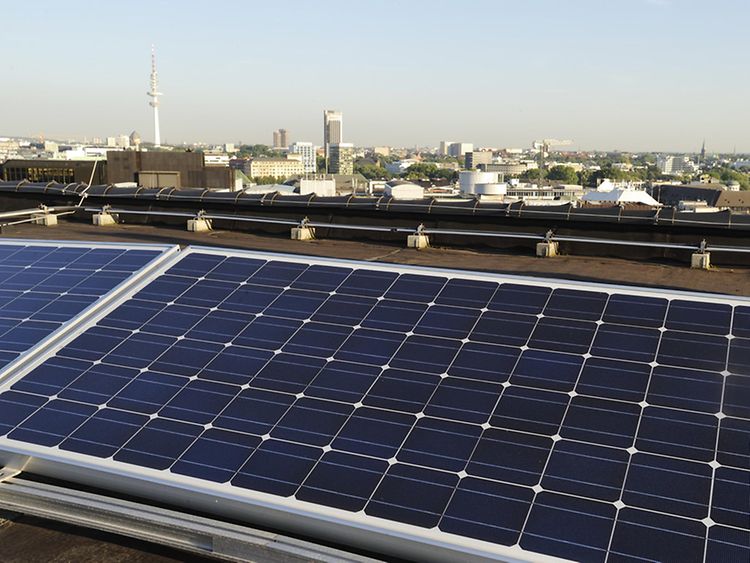Unplug instead of standby
Many electronic devices around the house run all day and all night – without actually being used. Every television or computer screen on standby still continuously uses energy. The easiest solution? Unplugging devices makes sure they don't use energy when just sitting around. Hardware stores also sell multi-plug sockets (German: Mehrfachsteckdose) with convenient power switches, which make switching off electronic devices easier.
Switch off the lights
Interior lighting in houses and apartments also takes up a lot of energy. It's worthwhile to pay attention to where and when lighting is really necessary. Many rooms, for example bathrooms, bedrooms and kitchens, aren't in constant use, and switching on the lights is only necessary when entering. Motion-sensitive lighting may prove a reasonable investment in the long run. Also important: when leaving the house or apartment, always check that all the lights are switched off.
Refrigerator and freezer
The fridge does not have to run at 3°C all the time; 5–7°C is cool enough. Also the refrigerator should not stand next to a radiator, the oven, or any other heat source. A raised temperature in the environment of the refrigerator may cause it to use extra energy to keep its contents cool. A sufficient distance to the walls is also important, as are intact sealing gaskets. Even ridding the cooling coil from dust may also save energy.
By the way, a full fridge consumes less energy than an empty one. Every time the door is opened, the cold air evaporates from the refrigerator and room temperature air enters, which must be cooled down again. The fuller the fridge, the less cold air can escape when the door is opened. Items in the fridge also work as cooling elements, helping to cool the new air.
Freezers should be defrosted regularly, especially whenever there is a layer of ice or frost in the compartment. Freezers usually generate sub-zero temperatures, lower than any layer of frost. The cold air needs to pass beyond the frost, causing the freezer to run longer and at lower temperatures wasting a lot of energy. Defrosting the freezer may thus cut 15–45% of energy cost in the long run. Freezers (and fridges) that are not used for a longer period of time should be disconnected from the power supply to further reduce energy waste and costs.
Energy efficiency scale
Keep an eye on the energy efficiency level when buying new electronic devices, as this is a convenient indicator of whether the appliances save reasonable amount of power and water. Energy efficiency scales range from G to A, with A being the most efficient end of the spectrum. (Older products may still use the scale reaching up to A+++ for most efficiency, which was suspended in 2021.)
Use the eco-mode
Most household appliances, such as refrigerators, washing machines and dish washers, as well as many boilers, have an eco-mode. In this mode the appliance may take a little more time, which may seem odd at first. But the longer runtime and lower temperatures save a lot of water and heating energy. After all, most energy is used to heat up the water quickly to high temperatures, which is reduced in the eco-mode. Also important: avoid half-empty wash cycles and start the washing machine only when you can do a full load of laundry.
Drying rack instead of tumble dryer
Tumble dryers are among the home appliances that consume the most energy. Anyone wishing to save energy should therefore use a drying rack whenever possible. Especially in the warmer seasons, laundry can be hung up to dry in the air without wasting energy or taking up money. Important note: If the drying rack is put up inside the building, remember to ventilate the room frequently to prevent growing mould.






